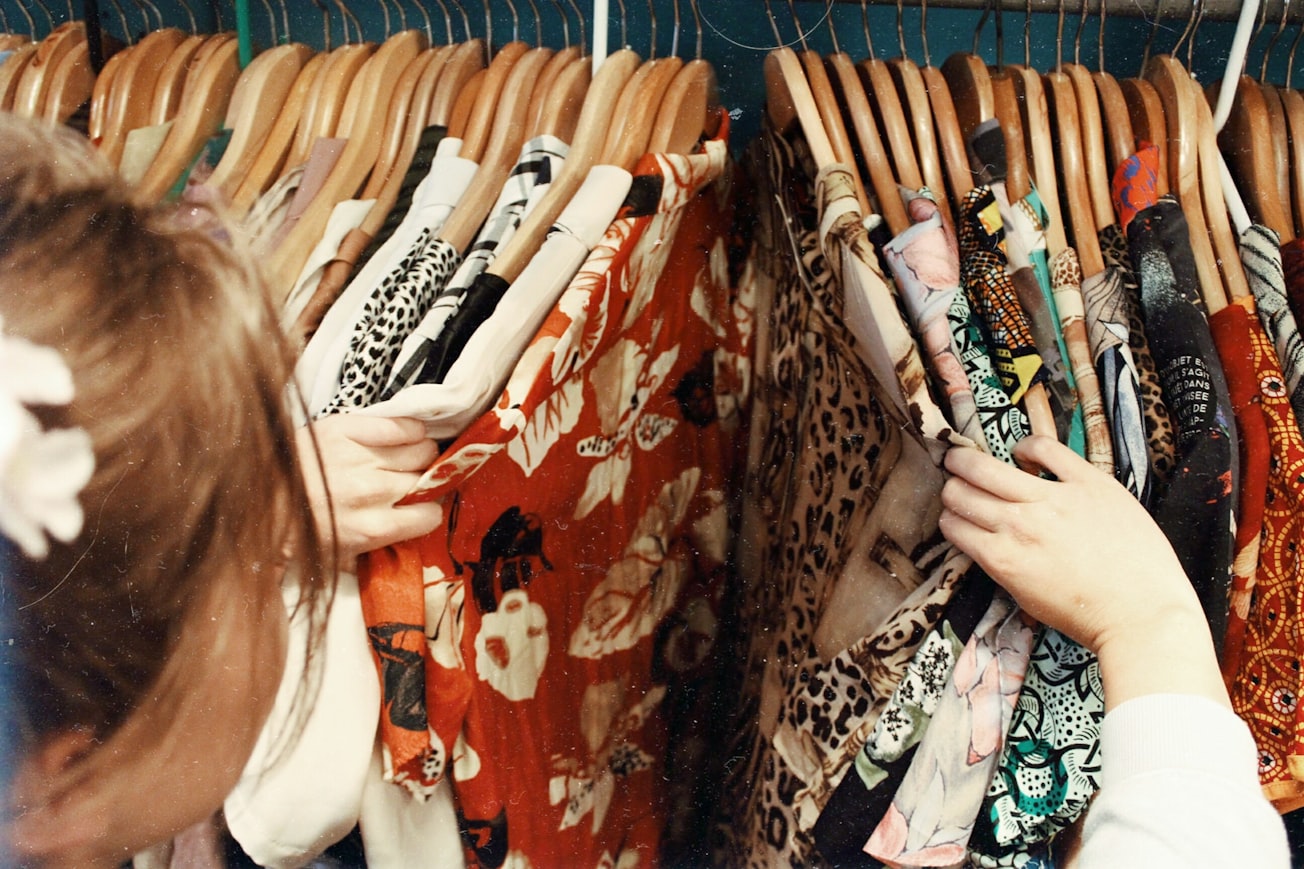What is it about?
This article reviews literature on disfigurement, the body and dress in order to better understand the relationship between dress—including mainstream clothing (“fashion”), clinical clothing (such as pressure garments, prescribed glasses, and prescribed footwear), and accessories—and its social and symbolic status for individuals living with a visible difference.
Featured Image

Photo by Becca McHaffie on Unsplash
Why is it important?
Our focus on disfigurement, the body and dress could help to broaden and invigorate existing fields of inquiry at the intersection of social, health, and cultural geographies. In concluding, we highlight thematic directions for future study, including exploring the spaces and places in which decisions relating to disfigurement and dress are made, and the complex processes of negotiating marginalisation by those with a disfigurement.
Perspectives
Having worked for many years with children whose bodies are visibility different as a result of trauma, surgery, genetic and other conditions and disability, examine how clothing (both clinical and fashion) and accessories can impact on the sense of self is interesting.
Professor Bernie Carter
Edge Hill University
Read the Original
This page is a summary of: Disfigurement, the body and dress: A review of the literature, Geography Compass, July 2018, Wiley,
DOI: 10.1111/gec3.12382.
You can read the full text:
Contributors
The following have contributed to this page







